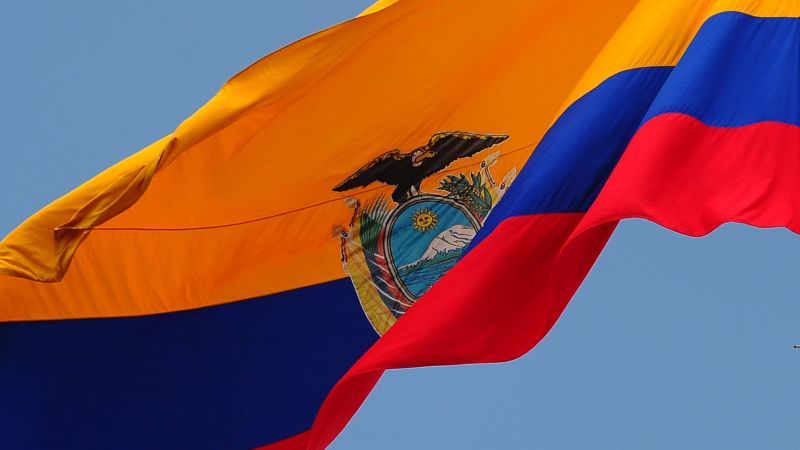CNN
—
Ecuador was hit with a nationwide blackout on Wednesday, leaving the nation’s 17 million people without power.
“The immediate report that we received from the CENACE (National Center of Energy Control) is that there is a failure in the transmission line that caused a cascade disconnection, so there is no energy service on a national scale,” the country’s Public Infrastructure Minister Roberto Luque wrote on X.
“We are concentrating all our efforts on resolving the problem as quickly as possible,” he added. Ecuador’s government is expected to hold a press conference later on Wednesday to address the matter.
The blackout affected hospitals, homes, and a major subway system in the country as the government scrambled to find a response. It comes months after Ecuadorean President Daniel Noboa declared an energy emergency and ordered eight-hour nationwide power cuts as the country struggled with a drought that affected power generation.
In the capital city of Quito, a CNN team saw two hospitals, including a children’s medical center, lose power during the blackout. Both hospitals were able to rely on electricity from their generators shortly after the cut began.
In the nation’s largest city of Guayaquil, the blackout also briefly affected two other hospitals. “The power was cut but we have our own [generators]” a doctor from Guayaquil’s Luis Vernaza hospital said. CNN has reached out to the country’s Health Ministry to ask if there are hospitals currently without electricity.
Guayaquil residents are having to deal with the outage amid 90-degree Fahrenheit heat. “It’s unbearable, it’s so hot and humid, and we can’t use an air conditioner or a ventilator,” one resident told CNN.
“On top of this, the water is not running,” the resident added.
Service was interrupted on Quito’s subway system due to the blackout, with Quito’s Mayor Pabel Muñoz saying the outage is so “significant” that it has affected the subway despite it using “an isolated (electrical) system.”
“I have ordered the activation of all the reaction teams of the municipality of Quito so that they join in facilitating mobility, preventing accidents at the main intersections and taking care of public spaces,” Muñoz said on X.
This is a developing story and will be updated.








:max_bytes(150000):strip_icc()/roundup-writereditor-loved-deals-tout-f5de51f85de145b2b1eb99cdb7b6cb84.jpg)


